The post Tips for Doing Fine Art Underwater Bubble Photography appeared first on Digital Photography School. It was authored by Joanne Taylor.

Doing underwater bubble photography is both fun and challenging! Read on for easy-to-follow techniques, tips, and tricks for you to try no matter which underwater environment you’re in!

Safety
For your safety, have someone on land, in a boat or in the water with you to act as a spotter. Have them keep a floatation device with them at all times too. Underwater photography can be tiring, and you might feel the need for assistance from time to time.
Have drinking water accessible regardless of the weather. Be sure to have sunscreen on and beware of the sun reflections off the water: sunburns hurt!

Equipment
There are many devices you can use, including a GoPro, underwater phones, and the disposable ones they sell at the drug store. However, the best way to achieve shots like these is to have an SLR camera within a professionally-made underwater housing. You can still try these types of shots with whichever device you do have, but it is easier to take them with a lot of control going in.
I achieved these shots with a Nikon D7100 and a custom Ikelite housing.
You can shop for professional underwater equipment from a variety of places, but Ikelite – www.ikelite.com has a strong reputation internationally, and for good reasons. You can also check out Mozaik Underwater Camera – www.housingcamera.com
Both websites sell camera and housing packages for underwater photography and also individual housing cases. You definitely want reliable, trustworthy equipment to achieve consistent, sharp images.
Equipment check
Please note that human error causes most floods (where water breaches the housing compartment, and you risk losing your camera and every photo you’ve taken). Common causes of floods are sand, hair, or dust in the O-ring (which you should lightly lubricate every so often) and improperly secured latches.
With a professional underwater housing, you have the same capabilities underwater as you do on land. This saves much time if you’re in deep water – no need to climb in and out of the boat or in and out from the beach. Same for scuba diving – sometimes coming up from a deeper depth is simply not an option. For those using other devices, be sure to know the depth limit of the device, or you risk losing everything!

Camera settings and taking the first few shots
Make sure the lens on both the camera and the housing is clean. There is nothing worse than getting underwater, taking some fantastic bubble photos, and then seeing a sunscreen finger smear in the corner of each shot.
In underwater photography, your body will be moving, so too is the water and the bubbles. So if in doubt, use your camera in Auto Mode the first few times. Alternatively, try setting your camera to F22 and F20 at 1/2000th, 1/4000th, and rely on natural light.
Next, you are ready to get into the water and don’t forget to defog your goggles before putting them on (spit or a defogging spray work great).
Bring your equipment in and determine if it’s working underwater with a few test shots (aim at your feet) and then check the image on your viewfinder. Make any adjustments necessary.

Water and weather
Take into consideration the appearance of the water. You are looking for water clarity. Sometimes, the bottom can be churned up by a recent storm, and there can be a lot of debris. Debris can cause low visibility and definitely with underwater photography, the clearer the water, the better.
If you are in a controlled setting such as a pool, the clarity of the water will depend on the chemicals added. If the water is cloudy due to improper chemical balance, there will be a hazy quality in all of the photographs.
The weather affects the light in your photographs. A cloudy day will allow you to use a flash if you have one. Only add a small amount of flash, or you run the risk of blowing out the bubbles entirely.
If you don’t have a flash, keep shallow and try taking photos in the top two feet or so as the light will only decrease the further down you go. If it’s raining, you can still take photographs. It is fun to get the water droplets falling on the surface of the water while bubbles are rising towards them.
When it’s a sunny day, light streams through the water surface and lights up the bubbles from behind. Try to take a few pictures with the sun in the shot as well.

How to create bubbles with containers
Use a variety of containers for different sized bubbles. Try sand buckets, Tupperware, or other plastic bowls. Children’s stacking cups are great too, as long as they don’t have a hole or holes in the bottom. Anything can work (re-usable drinking bottles are great too) but avoid all breakables like glass.
Bring them one by one into the water, so they don’t float away. You would benefit from a helper to pass them to you, so it’s easier to juggle your camera and the buckets.
Start with the smallest, easiest to manage container, and work up to the largest as they are the hardest to maneuver underwater.
Take the container underwater by holding the opening directly over the surface and pushing it down underwater to catch the air inside. Practice tilting the cup slowly underwater to let the air trickle out in a trail of bubbles and practice tilting the cup quickly to let all the air out at one time.
Now take a few test shots of the air escaping the container. You might have to practice a few times not to catch your hand or the container in the shot.
Try taking the container deeper. Be patient until you get the right balance of speed of the bubbles versus shutter speed. Check your viewfinder and make any necessary adjustments regarding shutter speed, focal length, or the strength of your flash if you’re using one.

Try taking a series of images of bubbles using multi-shot (continuous shooting) for a better choice of images later.
Move into another section of the water for a variety of images. If you’re using the sun as a backlight, you may also have to angle your camera up towards the surface of the water to get a better shot.
How to create bubbles without containers
Take the containers out of the water and try kicking your feet and making lots of tiny bubbles.

Editing
Once you have downloaded your images, you are ready to edit.
Adobe Lightroom will make editing easy – though, you can use any editing software of your choice. Cropping will be your most used tool as you eliminate any hands, containers, or debris. Cropping is also necessary to zoom in on a section as you attempt to create the most aesthetically pleasing bubble photograph.

Occasionally, you may want to adjust the color of the photograph by making it bluer or taking all color away to see the bubble shapes in black and white.

Conclusion
Fine art underwater bubble photography takes a lot of patience, so relax and have fun. Bubbles are fragile, finite, and often hard to predict. Your best shots may be a string of bubbles, a cloud of little ones, or a single, large one.
Let’s see what you can do! Please share your underwater bubble photography with us in the comments!
The post Tips for Doing Fine Art Underwater Bubble Photography appeared first on Digital Photography School. It was authored by Joanne Taylor.

Digital Photography School














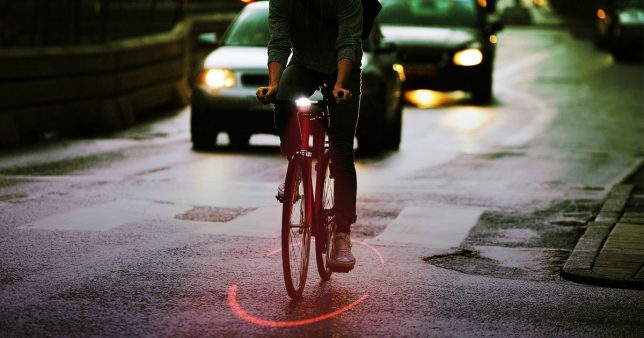
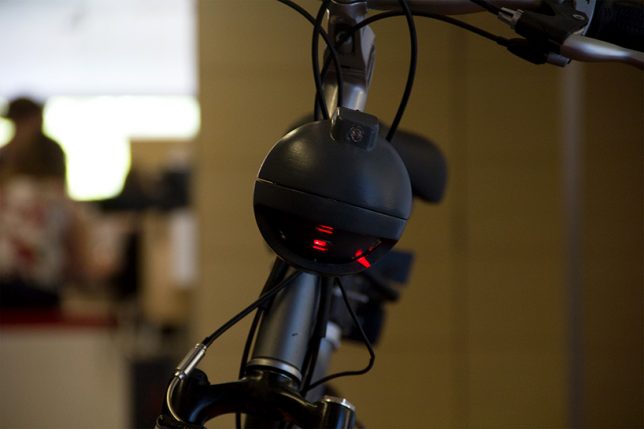
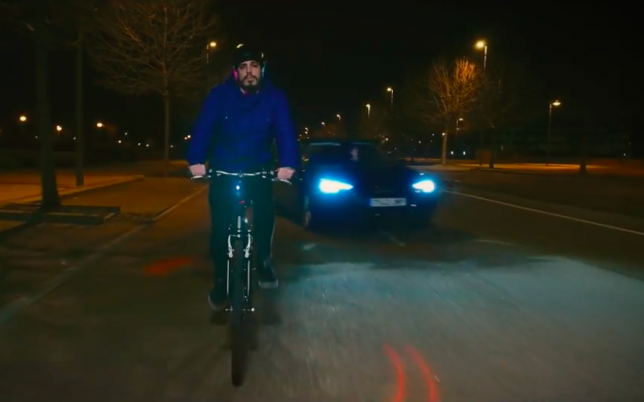
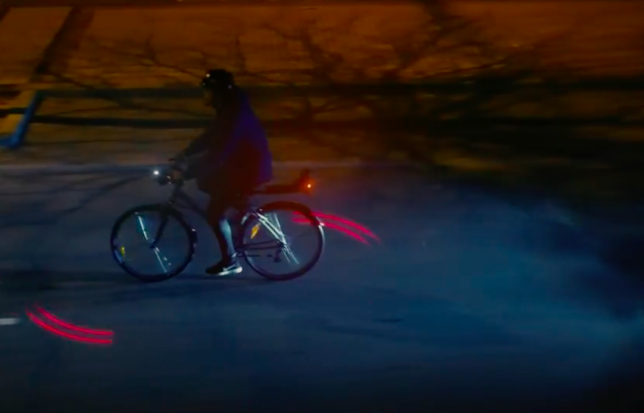
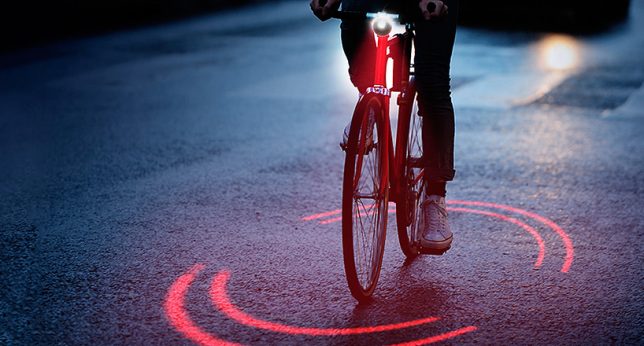




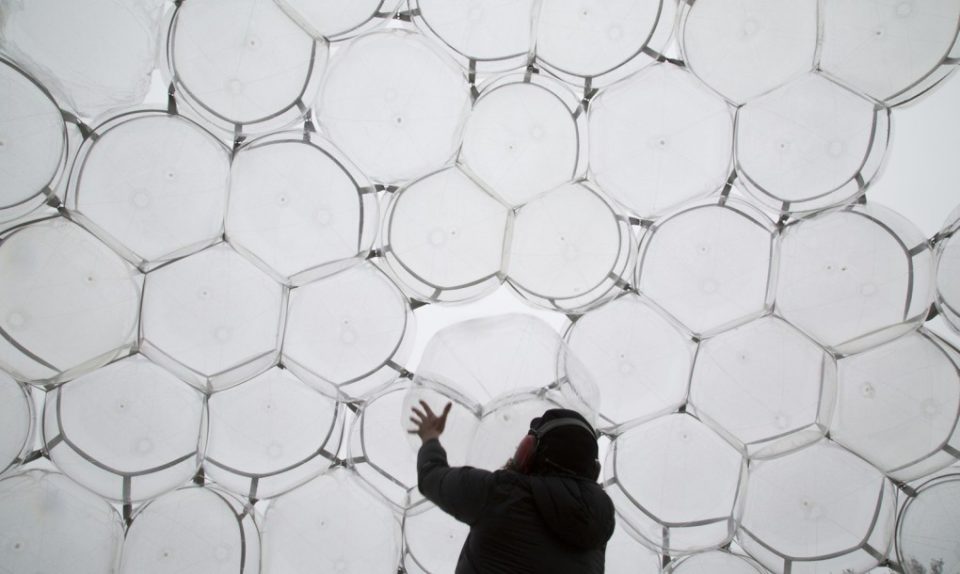
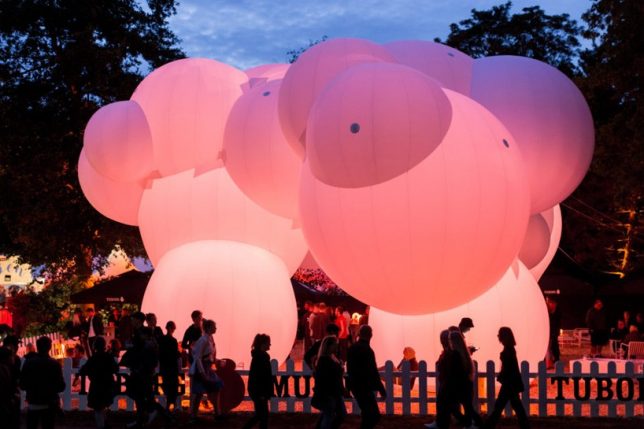


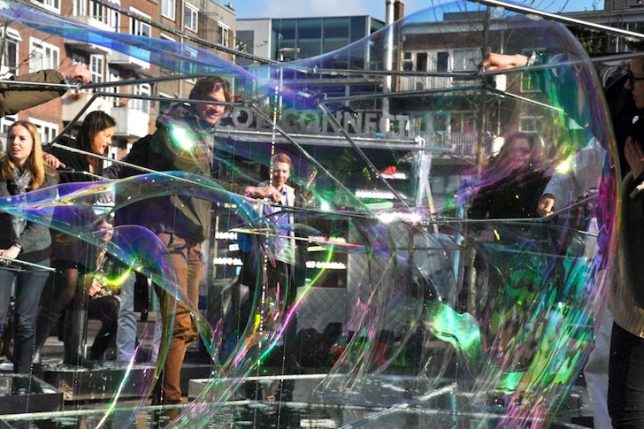
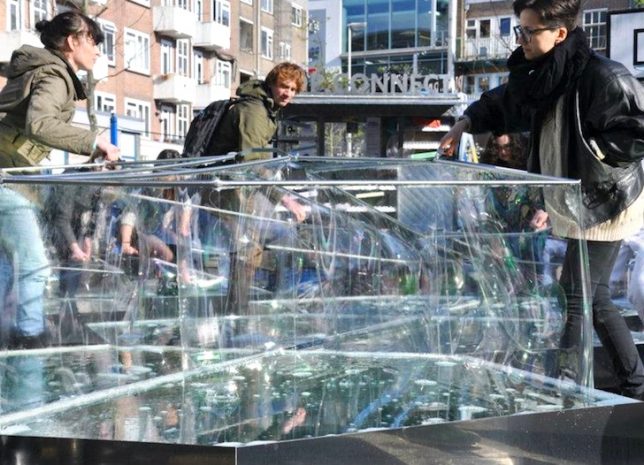
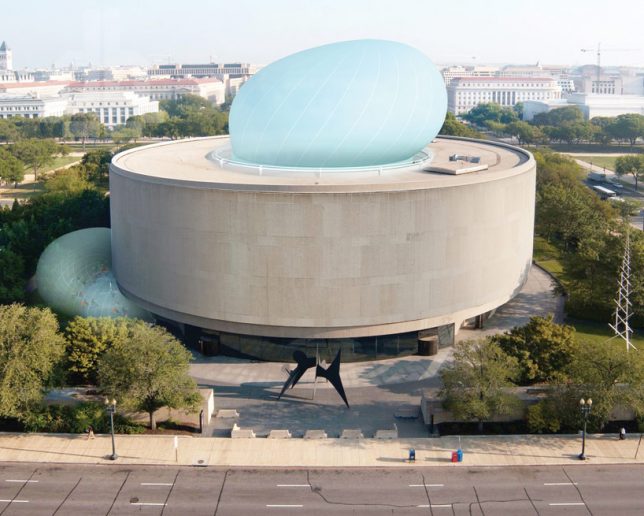
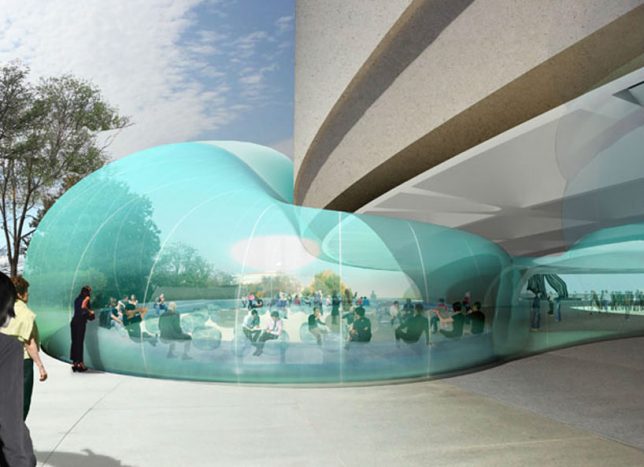

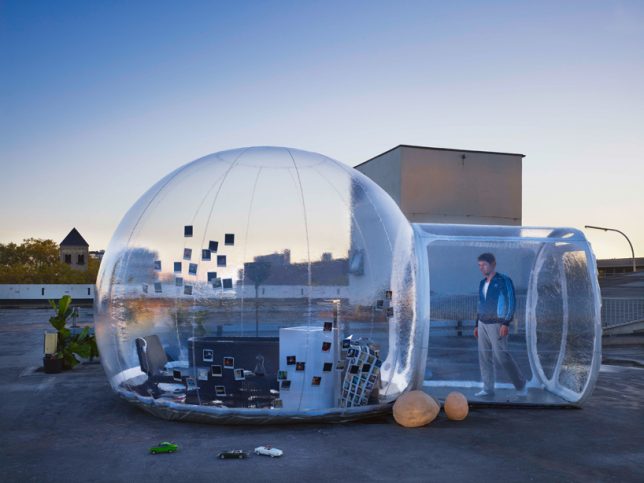
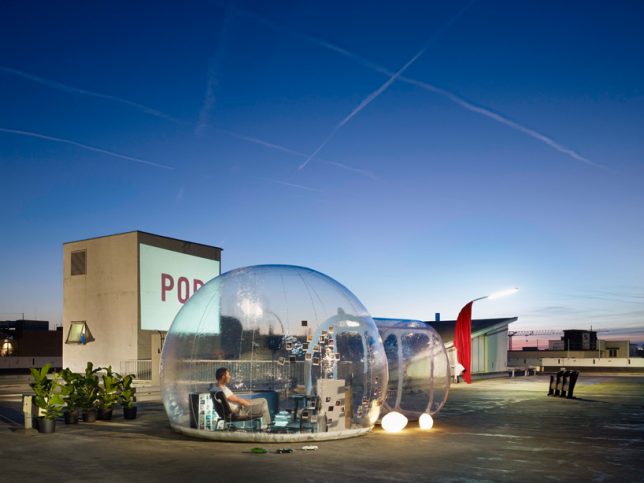
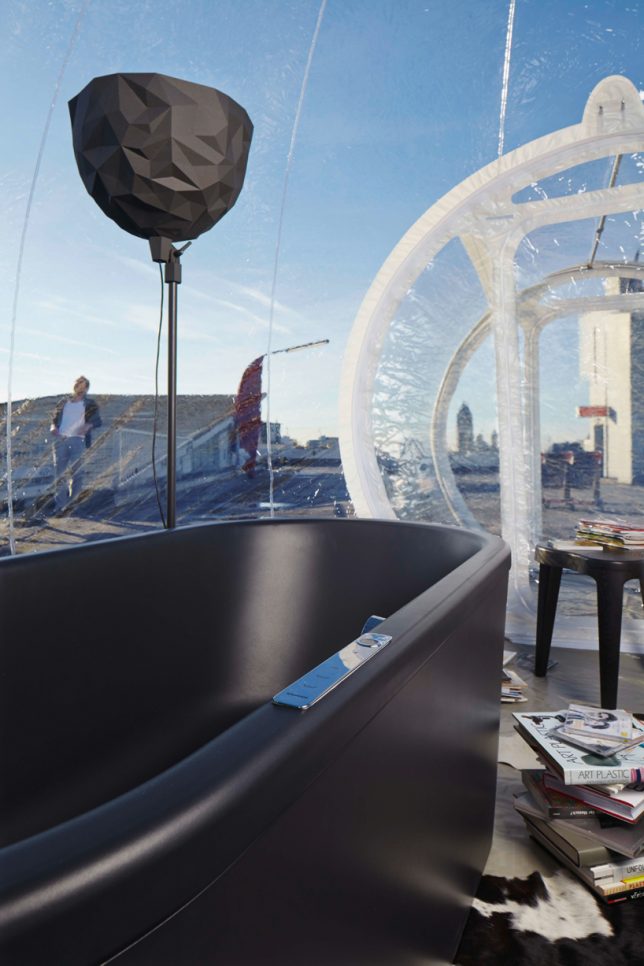

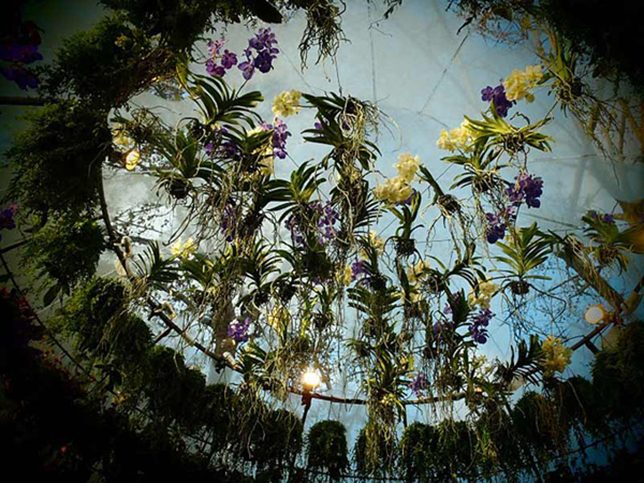
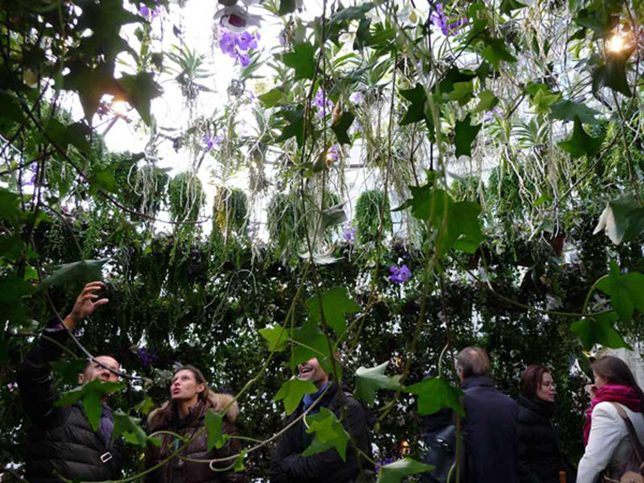
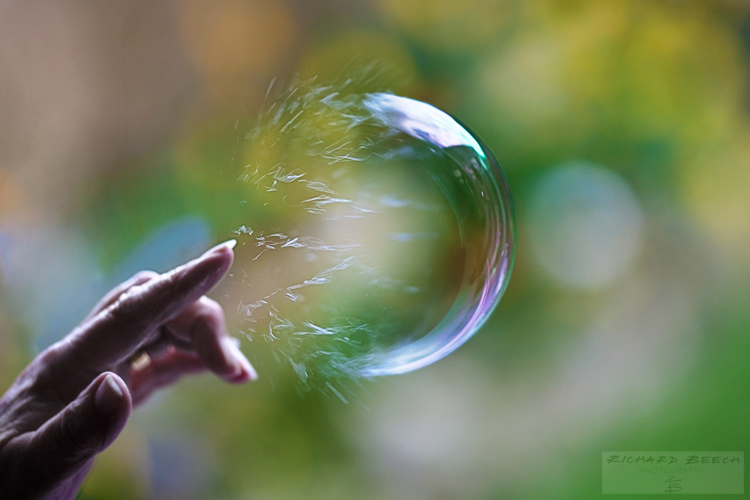
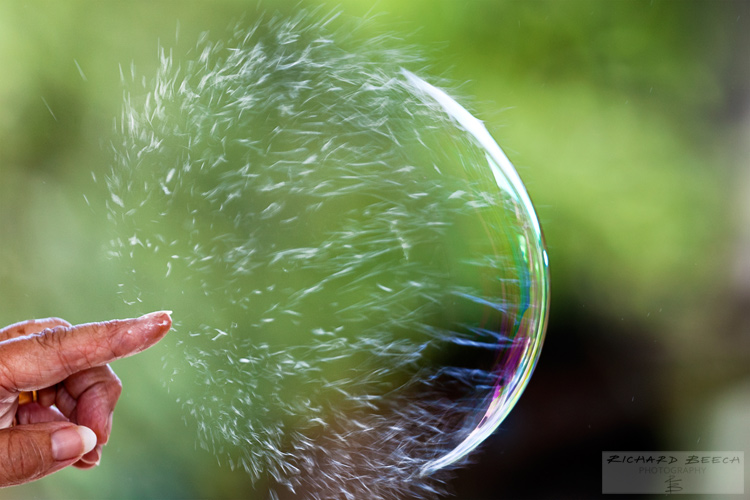
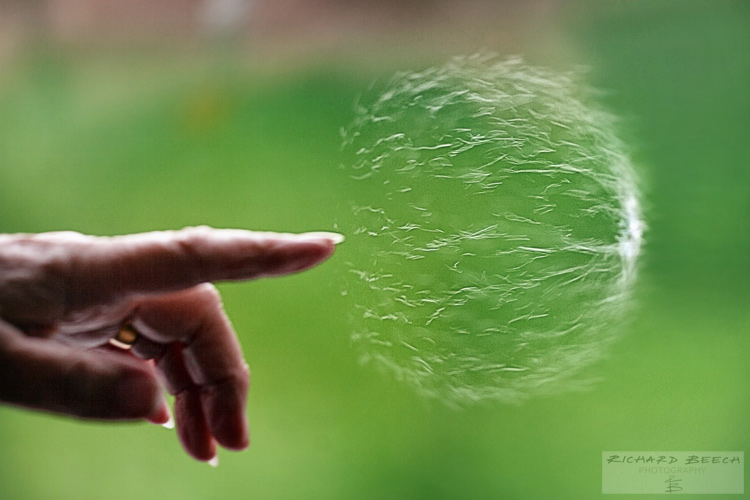
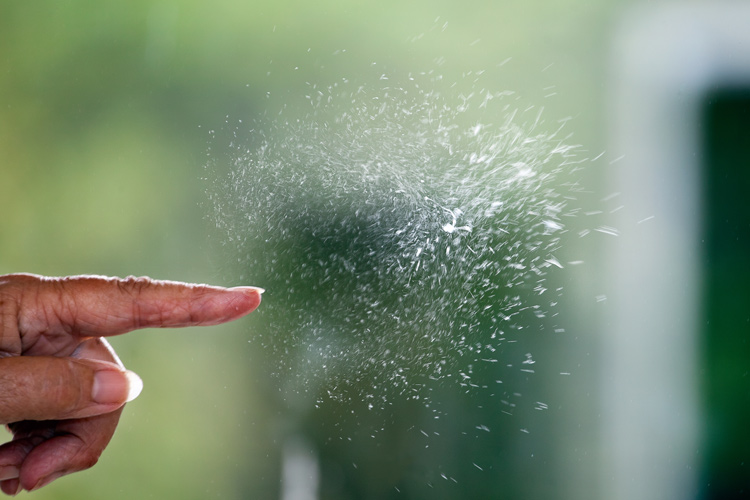












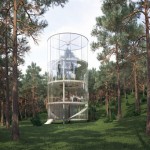
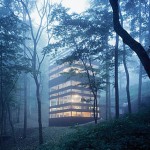
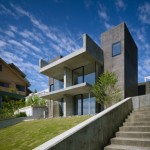





You must be logged in to post a comment.